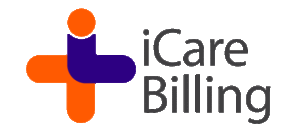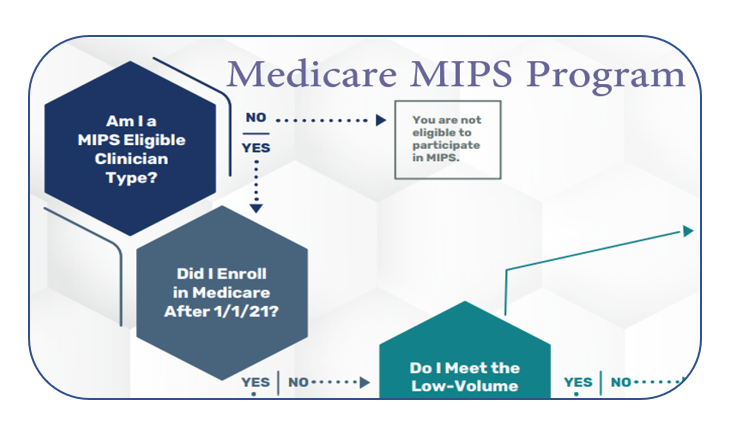More jobs in the United States and low unemployment rates mean more employer-funded insurance health plans for employees. Since the affordable care act is offering the marketplace to help low-income people obtain the health policies and get them covered is helping patients to get on the insurance plans. These circumstances can impact positively you to help you to grow your medical practice in an effective way.
How to Grow a Medical Practice
You can focus to grow your medical practice and side by side work on innovative ways on how to increase patient satisfaction in your medical practice. The two important aspects of growing a medical practice are creating a better patient experience at a healthcare facility and to engage with your patients in a way they could feel valued by your medical practice. Your medical practice growth entirely depends on the positive experience which would ultimately lead to positive reviews, referral by your patients. Creating a value-based service is the key to increase patient volume in your medical practice and grow your medical practice faster and easier.
Provide Value-Based Services
If you want to truly unlock the secret of how to grow a medical practice you should consider adding values to your medical practice. We all as a customer think of value before making the decision to buy anything, and this is more important in medical practice growth. You should think of innovative ways, and take your patient’s feedback on how you can improve the value of your services so you could learn from your patients on how to increase patient satisfaction in healthcare.
Develop a Patient Referral System in your Medical Clinic
Having a serious patient referral strategy can help you to grow a medical practice faster and easier. Always provide personal attention and care to your patients and develop a patient referral system so that your current patients can get more benefits by referring your medical practice to other patients within their family, friends, or in their local connections. This can help your medical practice to increase patients in medical practice and ultimately it will help to improve revenue and collections too.
Educate your Patient with Healthcare & Fitness Blogs
If you would like to increase patient satisfaction in healthcare services and gain more trust in your medical practice, you should develop content on your website with different categories. Once the content is developed, then categories your patients into those categories and send them those healthcare education materials to help them align their eating and other healthy habits. For example, if a patient is obese and her BMI index is higher than normal, you can send healthy eating and walking-related education material to her. Another patient has diabetes and you can send her the education material to keep the low blood insulin level and improve physical activity by keeping her active while the third patient who has stress problem can get the education material to keep her calm and satisfied with her life. Such personalized content can help your patients think about value being added in their life and they would be your customer for a longer period.
Patient’s Positive Reviews about Medical Practice
Once your customer showed gratitude and says thanks for your valuable services, don’t just pass the moment by taking the compliment but ask them to leave great reviews for your online business directories. This would help other new visitors and patients to see the value your medical practice is adding to other patient’s lives. Having positive reviews about your medical practice can help you to increase patient volume in medical practice.
Use Social Media Engagements to Grow your Medical Practice
Nowadays, you can find anyone using social media platforms. Social media platforms can provide a great advantage to the healthcare professionals who own the medical practice and these platforms can be used to interact with patients in the nicest way. Engaging with your patients through social media can help you to grow medical practice faster and easier. Don’t always think to grow medical practice but think like a healthcare provider who cares about the patients and this will pay back to you with increase patient volume in your medical practice.
Best Medical Billing Solution for Getting Paid Faster
Medical practices often forget that if a patient’s medical claims are not getting processed faster, this can increase the patient’s frustration and they might end up getting medical bills for services they were expecting to be paid by insurance earlier. Always choose the Best Medical Billing Company to hire the Medical Billing Experts who can get the medical claims faster so the patients could get their EOBs with payments and processing details.
Do you need help with Medical Billing?
If you are wondering how you can improve your medical practice revenue and collections, we can help you with that. We are here to help. iCareBilling is a market’s leading Medical Billing Company helping their clients achieve their business goals and improve their collections and revenue. Contact us today and talk to a Medical Billing Expert to learn how we can help you to streamline your medical practice workflow. Our goal is to take control of your Medical Billing and Collections Process so you can focus on your patients, not on medical billing issues.

